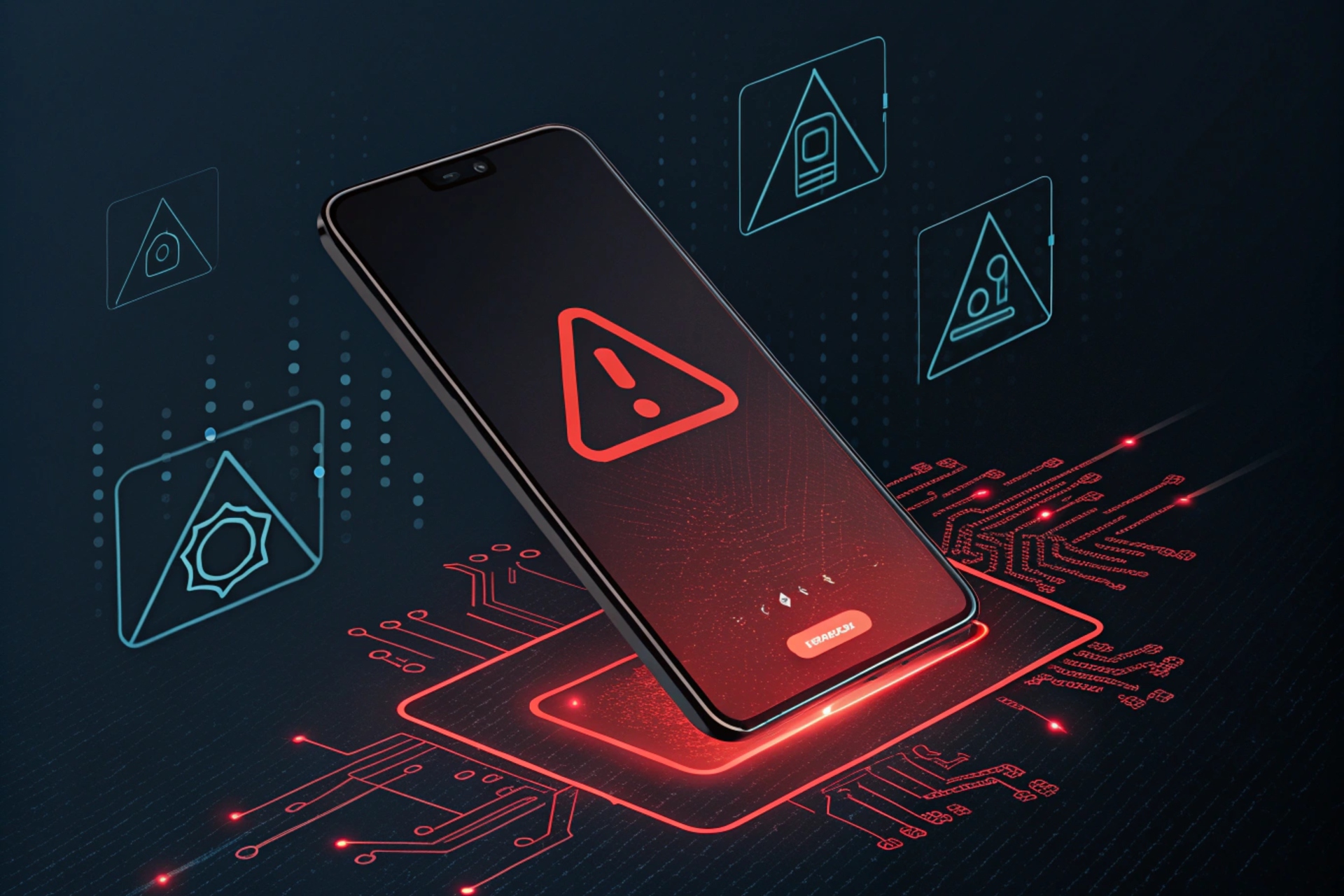
As organizations increasingly migrate to the cloud, ensuring robust security becomes paramount. Security leaders must meticulously evaluate the cloud security posture of their infrastructure. This article delves into key considerations for a comprehensive assessment.
Cloud Security Policy
- Clarity and Comprehensiveness: A well-defined cloud security policy is essential. It should outline clear guidelines, protocols, and procedures for protecting cloud resources.
- Alignment with Business Objectives: The cloud security strategy should align with the organization’s overall business goals. This includes access controls, data protection, and incident response plans.
Access Management
- Least Privilege Principle: User permissions should be granted on a need-to-know basis, minimizing the risk of unauthorized access.
- Multi-Factor Authentication (MFA): Strong MFA implementation is crucial to prevent unauthorized access, even if credentials are compromised.
- Identity and Access Management (IAM): Comprehensive IAM policies should be enforced and regularly updated to adapt to evolving threats and organizational changes.
Data Security
- Encryption: Data encryption at rest and in transit is fundamental to protect sensitive information.
- Data Backup and Recovery: A robust data backup and recovery strategy is essential to minimize data loss and downtime.
- Data Breach Protection: Implementing intrusion detection systems, data loss prevention tools, and SIEM systems can help prevent and mitigate data breaches.
Security Monitoring
- Effective Tools: Utilizing advanced security monitoring tools enables organizations to detect and respond to potential threats promptly.
- Logging and Analysis: Comprehensive logging of security events and regular analysis of these logs are crucial for identifying and investigating security incidents.
- Automated Alerts: Automated alerts for potential security incidents streamline response times and minimize the impact of threats.
Compliance and Regulation
- Regulatory Adherence: Organizations must ensure compliance with relevant regulations such as GDPR and HIPAA.
- Documentation and Audits: Maintaining detailed records of compliance efforts is essential for audits and regulatory inspections.
- Regular Compliance Checks: Periodic compliance assessments help identify and address potential gaps.
Infrastructure Design
- Segmentation and Isolation: Segmenting the cloud infrastructure can limit the impact of potential breaches.
- Network Security Controls: Strong network security controls, including firewalls and intrusion detection systems, are essential.
- DDoS Protection: Implementing robust DDoS protection measures is crucial to safeguard against large-scale attacks.
Training and Awareness
- Employee Training: Regular security awareness training helps employees recognize and respond to potential threats.
- Ongoing Awareness: Keeping employees updated on emerging threats and best practices is essential.
Patch Management
- Prompt Patching: Timely application of security patches and updates is critical to address vulnerabilities.
- Continuous Evaluation: Regularly reviewing and adapting security measures ensures ongoing protection.
Advanced Security Considerations
- Cloud-Native Security:
- Container Security: Assess the security posture of containerized applications, including image scanning, runtime protection, and vulnerability management.
- Serverless Security: Evaluate the security implications of serverless architectures, focusing on identity and access management, data protection, and function security.
- DevSecOps:
- Shift-Left Security: Ensure that security is integrated into the development and deployment pipelines from the outset.
- Secure Coding Practices: Promote secure coding practices to minimize vulnerabilities in applications.
- Threat Modeling:
- Conduct threat modeling exercises to identify potential threats and vulnerabilities in the cloud environment.
- Develop mitigation strategies to address identified risks.
Emerging Technologies and Risks
- Artificial Intelligence and Machine Learning (AI/ML):
- Model Security: Assess the security of AI/ML models, including data privacy, model integrity, and adversarial attacks.
- Bias and Fairness: Evaluate the potential for bias and unfairness in AI/ML systems and implement measures to mitigate these risks.
- IoT and Edge Computing:
- Device Security: Ensure the security of IoT devices, including secure boot, firmware updates, and encryption.
- Edge Security: Protect data and applications deployed at the edge, considering factors like device hardening, network security, and data privacy.
Continuous Evaluation and Improvement
- Regular Security Audits: Conduct regular security audits and penetration testing to identify vulnerabilities and weaknesses.
- Incident Response Testing: Simulate security incidents to test the effectiveness of incident response plans and procedures.
- Security Awareness Training: Provide ongoing security awareness training to employees to foster a security-conscious culture.
Conclusion
A comprehensive evaluation of cloud security involves a multi-faceted approach. By addressing these key considerations, organizations can significantly enhance their cloud security posture and mitigate risks. Regular assessments, ongoing monitoring, and proactive measures are essential to stay ahead of evolving threats.

















